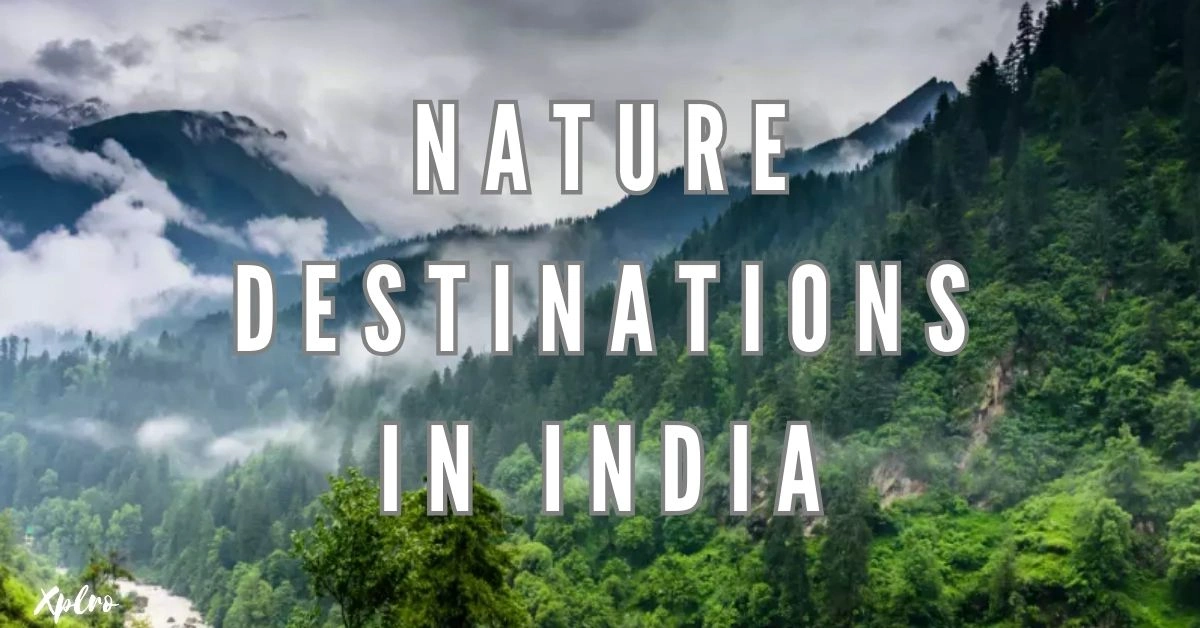Nature Destinations in India; India, a land of breathtaking natural wonders, offers a paradise for nature lovers. From the snow-capped Himalayas to the lush backwaters of Kerala, the country boasts diverse landscapes that cater to every adventurer. Whether you’re seeking serene environments, thrilling wildlife encounters, or peaceful relaxation, India’s top nature destinations, including the Himalayas, Kerala Backwaters, Rajasthan Desert, Andaman and Nicobar Islands, Western Ghats, Ladakh, Kaziranga National Park, Sundarbans National Park, Valley of Flowers National Park, and Rann of Kutch, will leave you captivated by its beauty and serenity.
- 1. Jim Corbett National Park, Uttarakhand
- 2. Valley of Flowers, Uttarakhand
- 3. Kaziranga National Park, Assam
- 4. Sundarbans Mangrove Forest, West Bengal
- 5. Munnar, Kerala
- 6. Great Himalayan National Park, Himachal Pradesh
- 7. Andaman and Nicobar Islands
- 8. Rann of Kutch, Gujarat
- 9. Periyar National Park, Kerala
- 10. Nanda Devi and Valley of Flowers National Park, Uttarakhand
- FAQs
1. Jim Corbett National Park, Uttarakhand
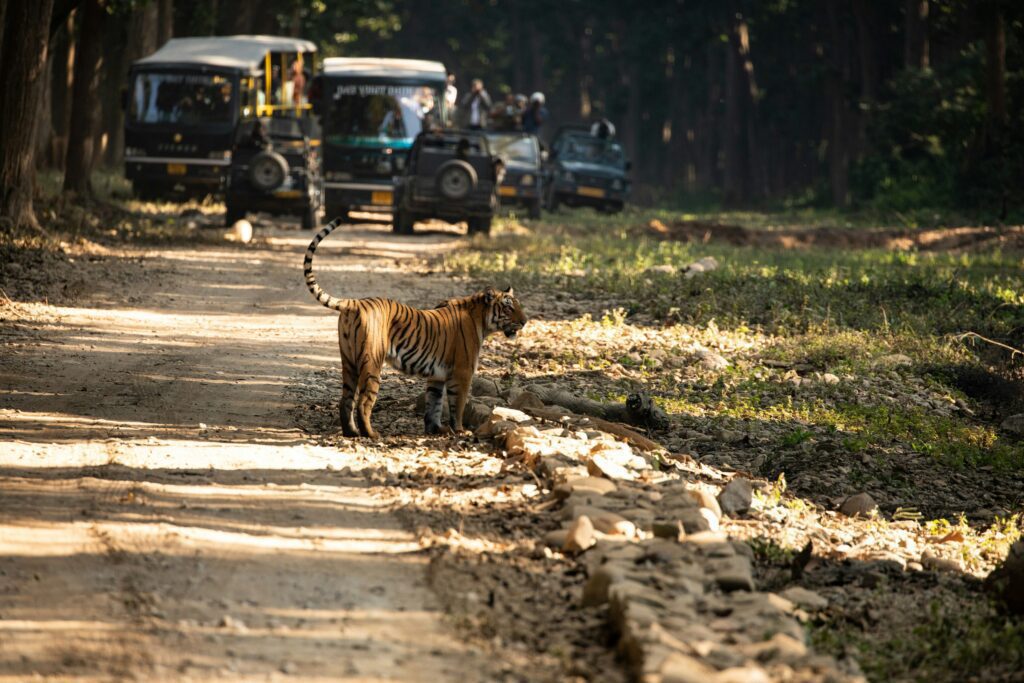
Jim Corbett National Park, one of India’s oldest national parks, is a must-visit for anyone who loves animals. Located in the Himalayan foothills, this park is home to many different animals, including tigers, elephants, and leopards. The beautiful forests, grasslands, and rivers make it a perfect place to see wildlife in their natural habitat.
Here are some things you can do at Jim Corbett National Park:
- Go on a jeep safari: This is the best way to see tigers and other wildlife in the park.
- Visit the Corbett Waterfalls and Garjiya Devi Temple: These are two popular tourist attractions in the park.
- Take a nature walk along the riverbanks: This is a great way to enjoy the peace and quiet of the park.
2. Valley of Flowers, Uttarakhand
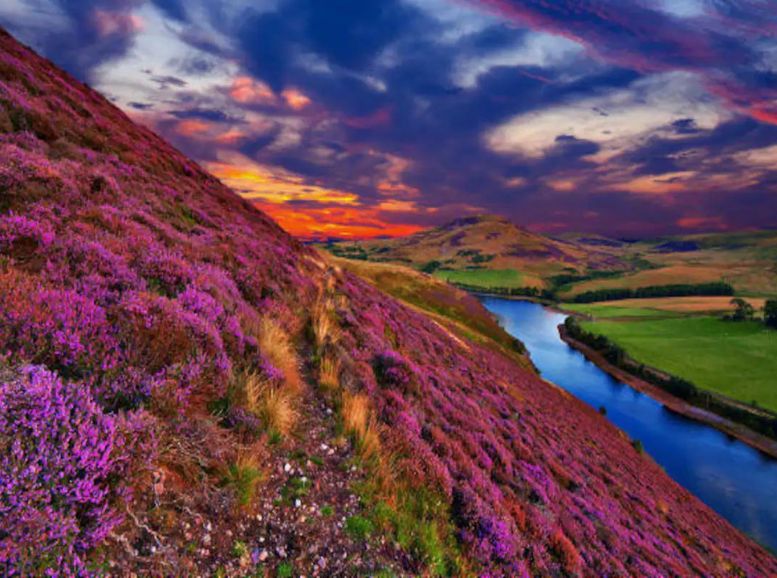
The Valley of Flowers, nestled in the high-altitude Himalayas, is a UNESCO World Heritage site known for its breathtaking meadows filled with colorful wildflowers. With lush greenery, cascading streams, and stunning views, it’s a paradise for nature lovers.
Here are some things you can do in the Valley of Flowers:
- Trek during the monsoon season: This is the best time to visit, as the flowers are in full bloom.
- Explore nearby treks: Hemkund Sahib, a popular pilgrimage site, offers a combination of spirituality and natural beauty.
3. Kaziranga National Park, Assam
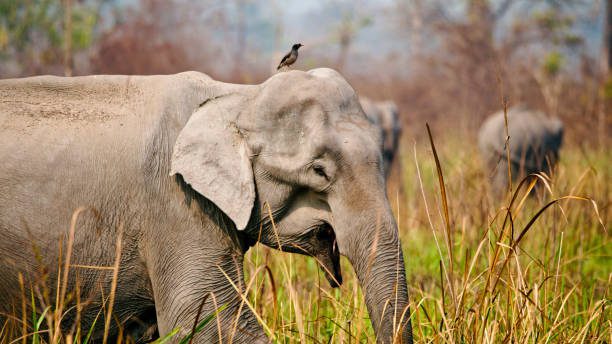
Kaziranga National Park, a UNESCO World Heritage site, is renowned for its large population of one-horned rhinoceroses. Besides rhinos, the park also boasts tigers, elephants, and a vibrant array of bird species, making it a haven for wildlife enthusiasts and birdwatchers alike.
Here are some activities you can enjoy at Kaziranga National Park:
- Wildlife safaris: Take a jeep or elephant safari to spot rhinos and other animals.
- Explore nearby attractions: Visit the Kaziranga Orchid Park for a colorful experience.
- Birdwatching: Enjoy birdwatching, especially during the migratory season.
4. Sundarbans Mangrove Forest, West Bengal
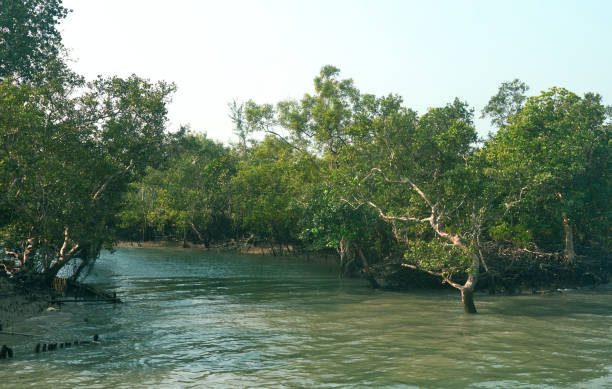
The Sundarbans, the world’s largest mangrove forest, is renowned for its unique ecosystem and diverse wildlife, including the majestic Royal Bengal tiger. A UNESCO World Heritage site, it’s also home to a variety of aquatic life and birds.
Here are some activities you can enjoy in the Sundarbans:
- Tiger reserve: Explore the Sundarbans Tiger Reserve for a chance to spot the elusive tiger.
- Boat safaris: Explore the winding waterways of the mangrove forest by boat.
- Birdwatching: Visit Sajnekhali Bird Sanctuary for a birdwatching adventure.
5. Munnar, Kerala
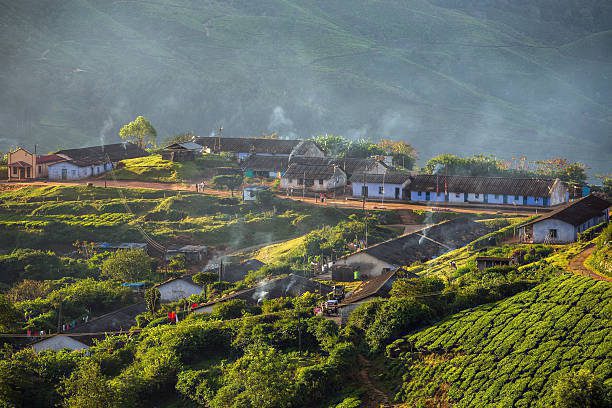
Munnar, nestled in the Western Ghats, is a picturesque hill station renowned for its sprawling tea plantations, misty mountains, and cool climate. It’s a haven for nature lovers seeking tranquility amidst lush landscapes and cascading waterfalls.
Here are some things you can do in Munnar:
- Tea plantation tour: Learn about the tea-making process and enjoy the scenic views.
- Wildlife spotting: Visit Eravikulam National Park to spot the endangered Nilgiri Tahr.
- Hiking and trekking: Embark on treks to Anamudi Peak, the highest in South India.
6. Great Himalayan National Park, Himachal Pradesh
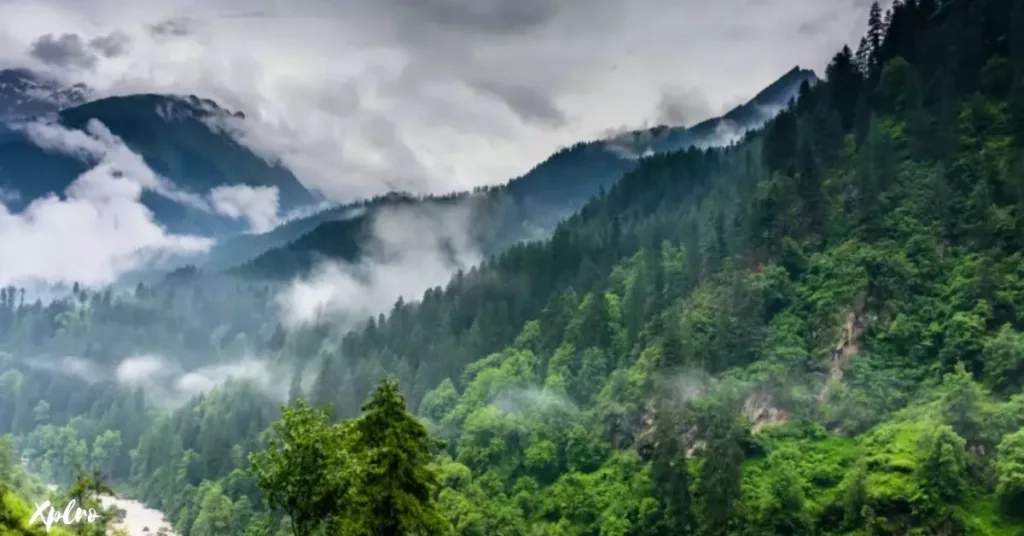
The Great Himalayan National Park, a UNESCO World Heritage site, is a biodiverse gem nestled in the Kullu region. This park is home to a variety of flora and fauna, including snow leopards, blue sheep, and over 300 species of birds.
Here are some activities you can enjoy in the Great Himalayan National Park:
- Trekking: Explore the park’s beautiful landscapes on treks ranging from short hikes to multi-day adventures.
- Camping: Experience the tranquility of nature by camping amidst the scenic surroundings.
- Birdwatching: Enjoy birdwatching and spot the diverse species that call the park home.
- Village visits: Immerse yourself in the authentic Himalayan experience by visiting nearby villages.
7. Andaman and Nicobar Islands
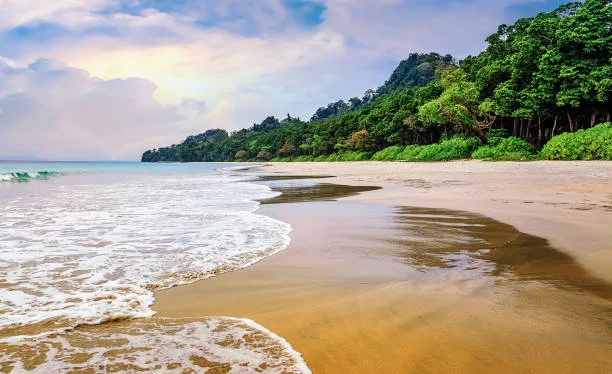
For ocean lovers, the Andaman and Nicobar Islands offer a breathtaking combination of beaches, tropical forests, and rich marine life. Whether you’re seeking underwater adventures or simply want to relax on pristine beaches, these islands are a perfect escape.
Here are some activities you can enjoy in the Andaman and Nicobar Islands:
- Scuba diving and snorkeling: Explore the vibrant coral reefs of Havelock Island.
- Beach relaxation: Enjoy the pristine beauty of Radhanagar Beach, one of Asia’s best beaches.
- Island exploration: Visit Baratang Island to discover limestone caves and mud volcanoes.
8. Rann of Kutch, Gujarat
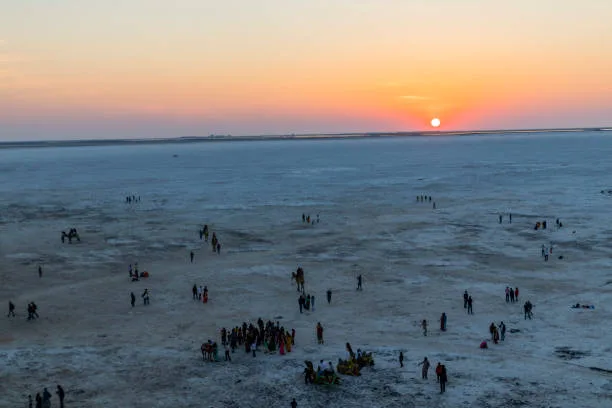
The Rann of Kutch is a unique landscape in India, known for its vast white salt desert. During the Rann Utsav, this normally desolate region transforms into a vibrant hub of cultural festivities, showcasing the rich traditions of Kutch.
Here are some activities you can enjoy in the Rann of Kutch:
- Rann Utsav: Attend the festival to experience cultural programs, handicrafts, and camel rides.
- Wildlife spotting: Explore the Wild Ass Sanctuary to spot the rare Indian wild ass.
- Moonlit desert: Experience the surreal beauty of the salt desert under a full moon.
9. Periyar National Park, Kerala
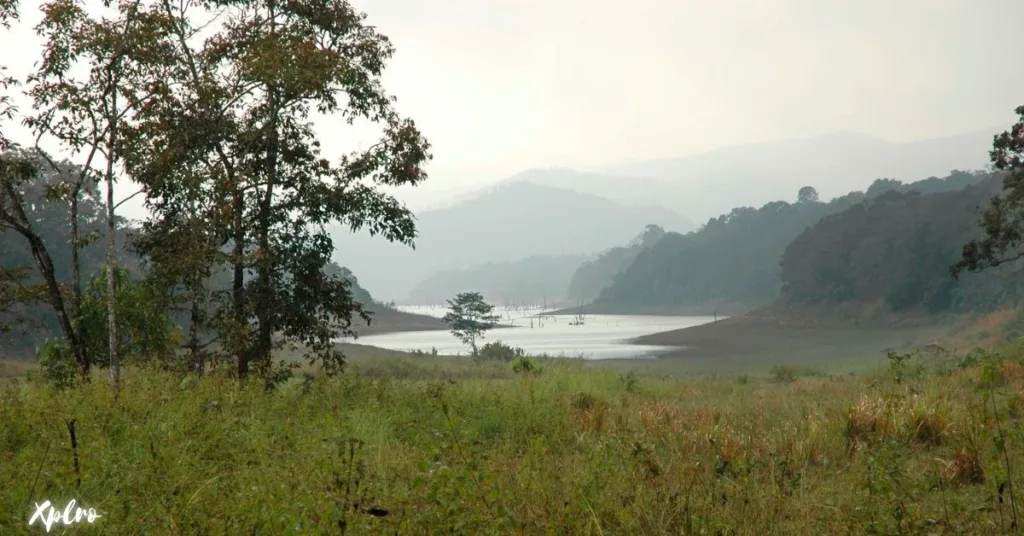
Periyar National Park, nestled in the Western Ghats, is renowned for its elephant population and the serene Periyar Lake. The park’s dense forests and tranquil waters create a perfect environment for nature lovers and wildlife enthusiasts.
Here are some activities you can enjoy in Periyar National Park:
- Boat safari: Explore Periyar Lake by boat to spot elephants, deer, and a variety of birds.
- Nature exploration: Discover the park’s diverse flora and fauna through guided nature walks or jeep safaris.
- Spice plantation visit: Explore Kumily, a nearby town famous for its spice plantations.
10. Nanda Devi and Valley of Flowers National Park, Uttarakhand
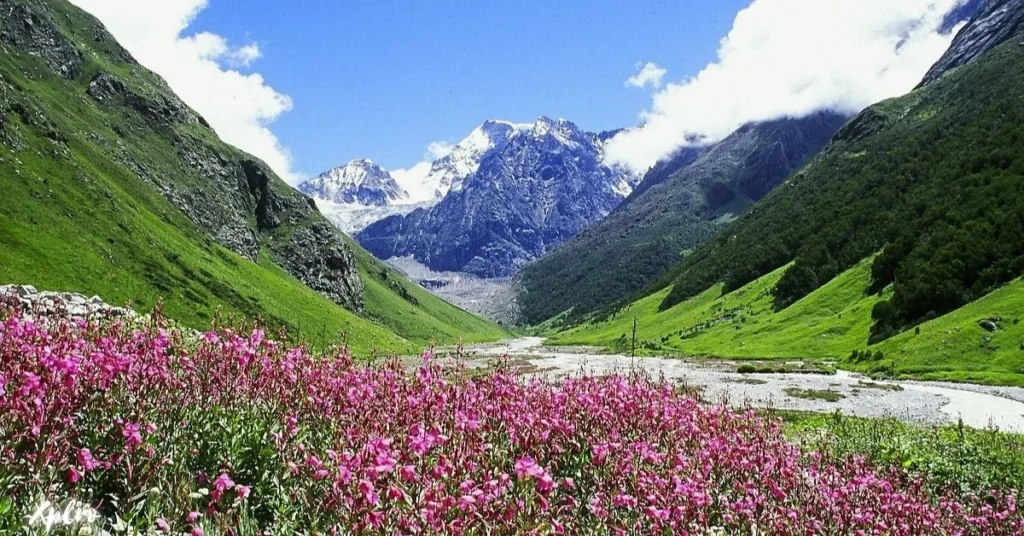
This UNESCO World Heritage site, combining the Nanda Devi National Park and the Valley of Flowers, offers a breathtaking blend of snow-capped peaks and vibrant meadows. It’s a paradise for trekkers and nature lovers seeking the natural beauty of the Himalayas.
Here are some activities you can enjoy in this region:
- Floral exploration: Trek through the Valley of Flowers during the blooming season to witness a stunning display of wildflowers.
- Challenging trek: Embark on a challenging trek to Nanda Devi Base Camp for panoramic views of the Nanda Devi peak.
- Biodiversity discovery: Explore the region’s rich flora and fauna, including rare species like the blue poppy and snow leopard.
Conclusion, Nature Destinations in India
India’s diverse landscapes offer a treasure trove of natural wonders for nature enthusiasts. From the wildlife havens of Kaziranga and Jim Corbett National Parks to the vibrant underwater reefs of the Andaman and Nicobar Islands, Xplro.com can guide you on an unforgettable adventure. Trek through the colorful meadows of the Valley of Flowers or the challenging trails of Nanda Devi National Park, both nestled in the majestic Himalayas. Explore the sprawling tea plantations and cascading waterfalls of Munnar, or navigate the unique Rann of Kutch, a vast white salt desert that transforms into a vibrant cultural hub during the Rann Utsav. Whether you seek serenity on the pristine beaches of Radhanagar or a wildlife safari to spot tigers in the Sundarbans, India’s top nature destinations offer unparalleled experiences. From the verdant valleys of Uttarakhand to the misty mountains of Munnar, Xplro.com can help you reconnect with the beauty of the natural world and plan your dream nature getaway in India.
FAQs
1. What is the best time to visit Jim Corbett National Park?
- The best time to visit Jim Corbett National Park is from November to June. During these months, the park is open for safaris, and wildlife viewing is ideal. Monsoons (July to October) cause parts of the park to close due to heavy rains, so it’s best to avoid this season.
2. Is the Valley of Flowers trek suitable for beginners?
- Yes, the Valley of Flowers trek is generally moderate and suitable for beginners. However, the altitude and uneven terrain can be a bit challenging for first-timers. A basic fitness level is recommended, and it’s essential to acclimatize to avoid altitude sickness.
3. How can I travel to Kaziranga National Park?
- To reach Kaziranga National Park, the nearest airport is Jorhat Airport (about 97 km away), and the closest railway station is at Furkating (75 km away). Kaziranga is also well connected by road, with regular buses and private taxis from nearby cities like Guwahati and Tezpur.
4. When is the best season to visit the Sundarbans Mangrove Forest?
- The best time to visit the Sundarbans is from October to March, when the weather is cooler and more conducive for boat safaris. During this season, there are higher chances of spotting wildlife, including the Royal Bengal Tiger.
5. What wildlife can I expect to see at Periyar National Park?
- At Periyar National Park, visitors can see a variety of wildlife, including elephants, tigers, gaurs (Indian bison), leopards, and an array of bird species. Boat safaris on Periyar Lake offer a unique opportunity to observe animals in their natural environment.
6. What makes the Rann of Kutch unique among nature destinations in India?
- The Rann of Kutch is distinctive due to its vast, surreal salt desert that stretches across the horizon. This landscape is unlike any other in India and offers a unique experience, especially during the Rann Utsav, a cultural festival showcasing local music, dance, and handicrafts under the full moon.
7. Is trekking in the Great Himalayan National Park safe for tourists?
- Yes, trekking in the Great Himalayan National Park is considered safe, but it’s always recommended to trek with experienced guides, especially on longer trails. The park’s terrain is rugged, and high-altitude treks can be demanding, so proper preparation and gear are necessary.
8. Can beginners try scuba diving in the Andaman Islands?
- Absolutely! The Andaman Islands are one of the best nature destinations in India for beginners to try scuba diving. Popular spots like Havelock Island offer introductory courses for novices, and you can explore shallow coral reefs under the supervision of trained instructors.
9. What is the best way to explore Munnar for nature lovers?
- Exploring Munnar involves taking a tea plantation tour, visiting Eravikulam National Park, and trekking to scenic spots like Anamudi Peak. Hiring a local guide or renting a car will allow you to comfortably explore Munnar’s lush green landscapes and surrounding nature destinations.
10. Are there accommodations available near the Valley of Flowers?
- Yes, the nearest base for accommodation before entering the Valley of Flowers is Ghangaria. This small village offers several lodges and guesthouses, catering to trekkers who visit this beautiful nature destination in India.
11. How do I reach Nanda Devi National Park?
- To visit Nanda Devi National Park, the nearest town is Joshimath, which serves as the base for trekking and other activities. Dehradun’s Jolly Grant Airport is the closest airport, while Haridwar and Rishikesh are the closest railway stations, both of which are well connected to Joshimath.
12. Is Kaziranga National Park suitable for a family vacation?
- Yes, Kaziranga National Park is ideal for families. The park offers a range of activities, including jeep safaris, elephant rides, and visits to nearby attractions like the Kaziranga Orchid Park. It’s a wonderful nature destination in India, with plenty of accommodation options suitable for families.




